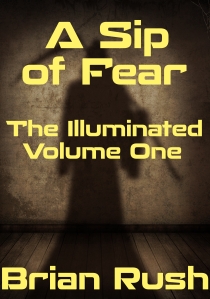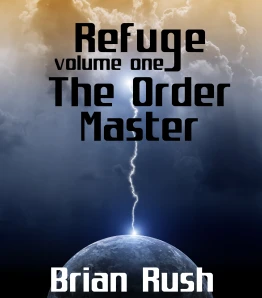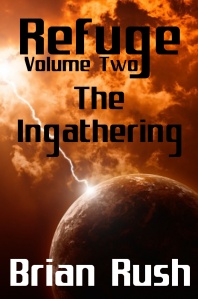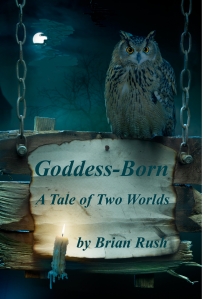 Human society is changing. We all know this. It’s been changing in fundamental ways ever since about the 15th century, when Europe began the transition from its medieval cultural identity to its modern one. The changes have been political, moral, economic, cultural, artistic, and spiritual. It’s the last category of change I mainly want to talk about in this post, and to present some speculation about where we are going in that respect, but first it might be useful to take a brief look at the changes overall. We are making a transition every bit as vast as the one our distant ancestors made when they settled down and started farming, and I suspect we’re only about halfway through it.
Human society is changing. We all know this. It’s been changing in fundamental ways ever since about the 15th century, when Europe began the transition from its medieval cultural identity to its modern one. The changes have been political, moral, economic, cultural, artistic, and spiritual. It’s the last category of change I mainly want to talk about in this post, and to present some speculation about where we are going in that respect, but first it might be useful to take a brief look at the changes overall. We are making a transition every bit as vast as the one our distant ancestors made when they settled down and started farming, and I suspect we’re only about halfway through it.
Medieval Europe exhibited a complex of features that were broadly common to all civilizations of the time, including ones that had never had any contact with each other, so that it’s meaningful to speak of an “agrarian civilization paradigm” that’s common to all (or very nearly all) pre-industrial civilizations. These features include (besides the building of cities and reliance on agriculture for food supplies, which are the defining characteristics of civilization itself):
- A dominant class of warrior-aristocrats owning (or at least holding) all the best land, with high status in society and a warrior tradition, and usually actual soldiering and war-leading responsibilities.
- A class of forced laborers providing the work that supported the aristocracy (usually slaves, but in some cultures a different type of bonded laborer, and that was so in Europe where the laborers were serfs, not slaves).
- Established religion that was closely tied with the state, whose priesthood held high status beside the nobility, especially in its loftier ranks.
- Drastic subordination of women to male dominance, in comparison either to pre-civilized societies or modern societies, with most women reduced to brood-mare status as a possession of men.
- Religious ideas that separated man from nature and encouraged human domination over nature, as well as reflecting the authoritarian and hierarchical character of secular society.
There were some other features that were nearly but not quite universal. Monarchy was the prevailing government form, but republics of one kind or another did exist as exceptions. Most religions featured a pantheon of gods or a sole god who was separate from nature and dominant over it and over mankind, but again there are exceptions. The bullet-points above describe literally every civilization from the building of the first cities (some eight thousand five hundred years ago) until the world began to change in Europe in the 15th century. That’s a span of roughly seven thousand years, a blink of an eye compared to the duration of pre-civilized cultural forms (100,000 – 200,000 years) but still in historical terms a very long time.
All of the so-called “great religions” emerged during those seven thousand years. All of them are products of the agrarian civilized paradigm and all carry a set of moral messages appropriate to that paradigm — and increasingly inappropriate to life in modern society. Today we are in the midst of a spiritual revolution to make the Christianization of Rome, the stormy emergence of Islam, and the Protestant Reformation, all rolled into one, look like nothing. Today, every one of the “great religions” is under siege and in the process of being transformed — often against the will of its practitioners or at least of the conservative wing of them — into something radically different from its traditions. Each carries deeper spiritual messages that may endure, but each also declares doctrines that will not survive the transition in our culture, and for many of them these doctrines are defining — and that means that in a sense, none of today’s great religions will survive. The changes go very deep.
We can no longer regard ourselves as masters of the planet, or regard all life as placed here for our benefit. That attitude is destroying the ecological base on which human society depends. We must adopt a new vision of our place in nature, as its caretakers and guardians not its rulers and exploiters.
We can no longer regard women as subordinate to men. Increasingly, modern society is characterized by a degree of gender equality that has not existed since hunter-gatherer times, if even then. The implications of this change alone for sexual morality and family structure are overwhelming.
Perhaps most essentially wrenching, we can no longer regard truth as eternal and unchanging. We live in a world that changes so radically that there are almost no constants. As part of this, the ability of any religion to insulate itself and its believers from external challenges has vanished.
In all of the most advanced societies today we see polls that reflect these changes. The fastest growing (and in many countries already the largest) category by religious belief are those who follow no religion. Polls generally don’t distinguish the components of this category, which includes the subset of atheists who reject spirituality altogether (note in passing that there are atheists who don’t, the most famous example being the Buddha), but also includes those who are “spiritual but not religious” and those who, like myself, are both spiritual and religious but decline to self-label.
Spirituality is a genuine human need, and so non-spiritual atheism is never likely to be universal. But religion as it exists today cannot endure. What we are likely to see more and more is spirituality that:
- Is constantly in flux in its details, while maintaining constancy in its core
- Reflects a melange of ideas from many different religious traditions, old and new
- Incorporates the moral messages of man-as-guardian and of gender equality in all the ramifications of both
There are several ideas found in many of the “great religions” that cannot continue in such an environment. These include the inerrant truth of scripture (any scripture), the claim to unique and absolute possession of the truth by a religious tradition (any religious tradition), and of course any moral idea that conflicts with the required values of life in an advanced civilization (including much of traditional sexual morality, as well as traditional attitudes towards authority, secular or spiritual).
We see these changes ongoing already. It’s fascinating to watch, at least for me.
Image credit: rolffimages / 123RF Stock Photo









